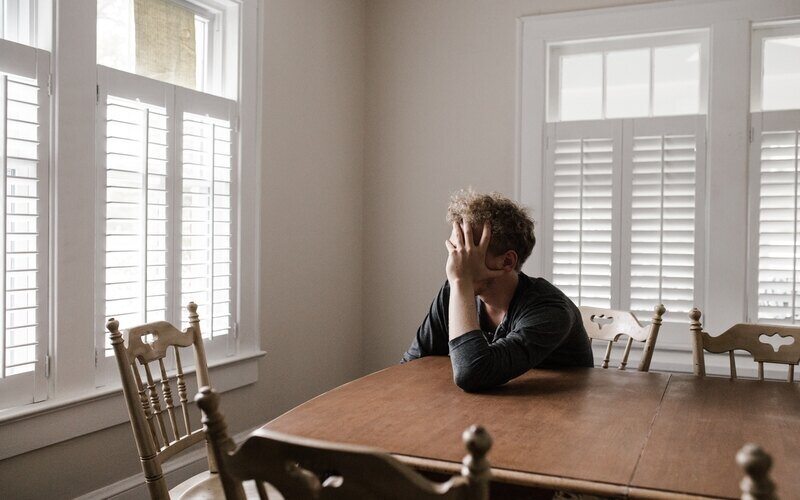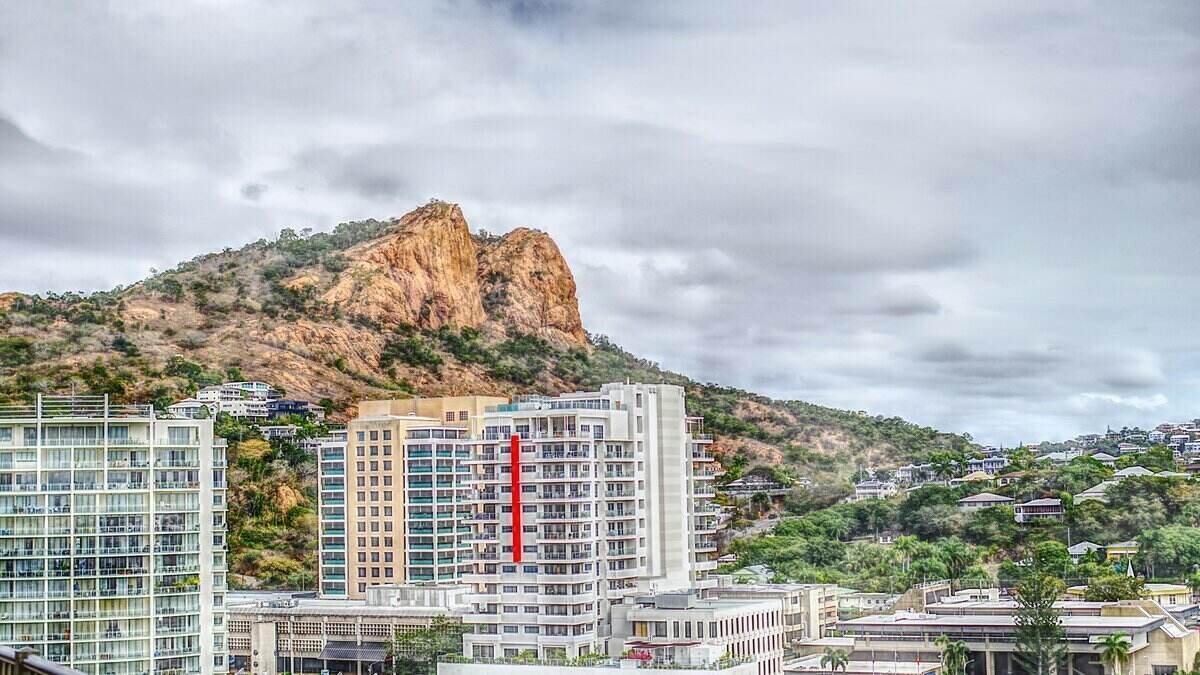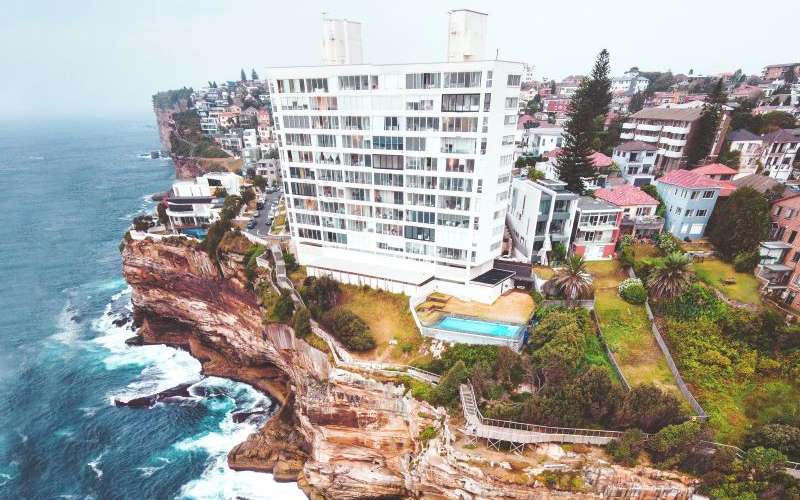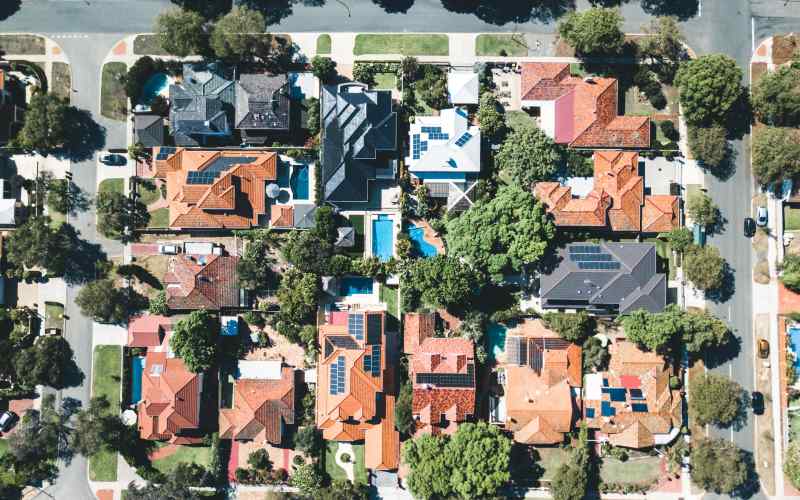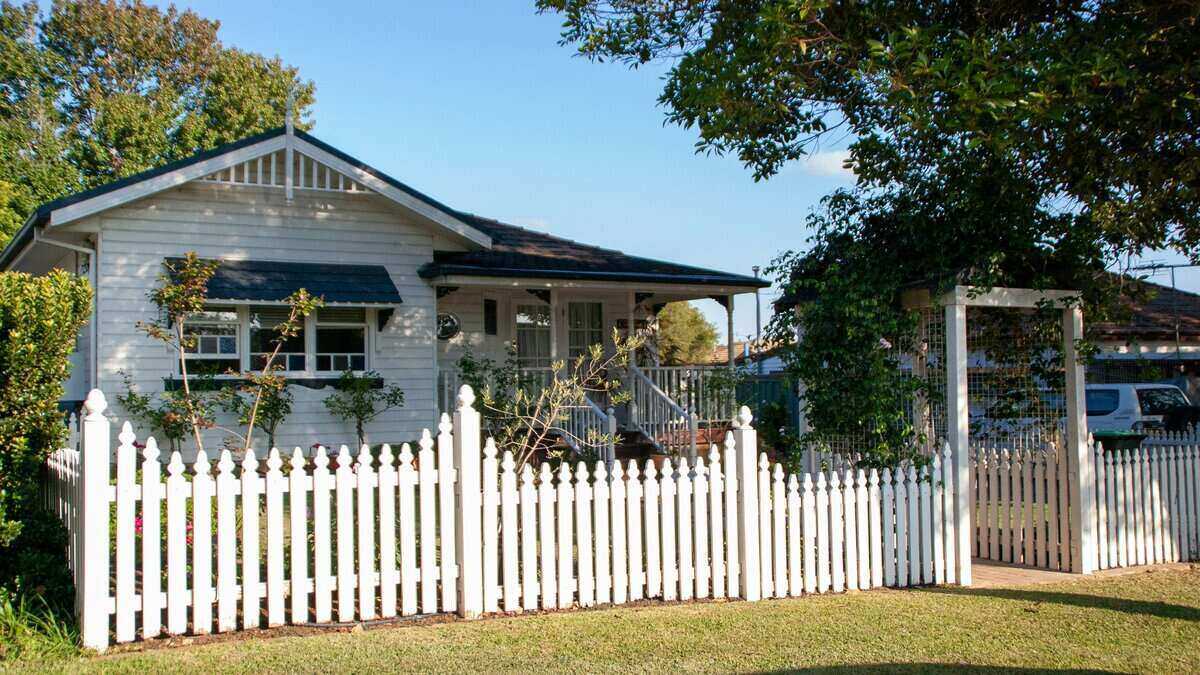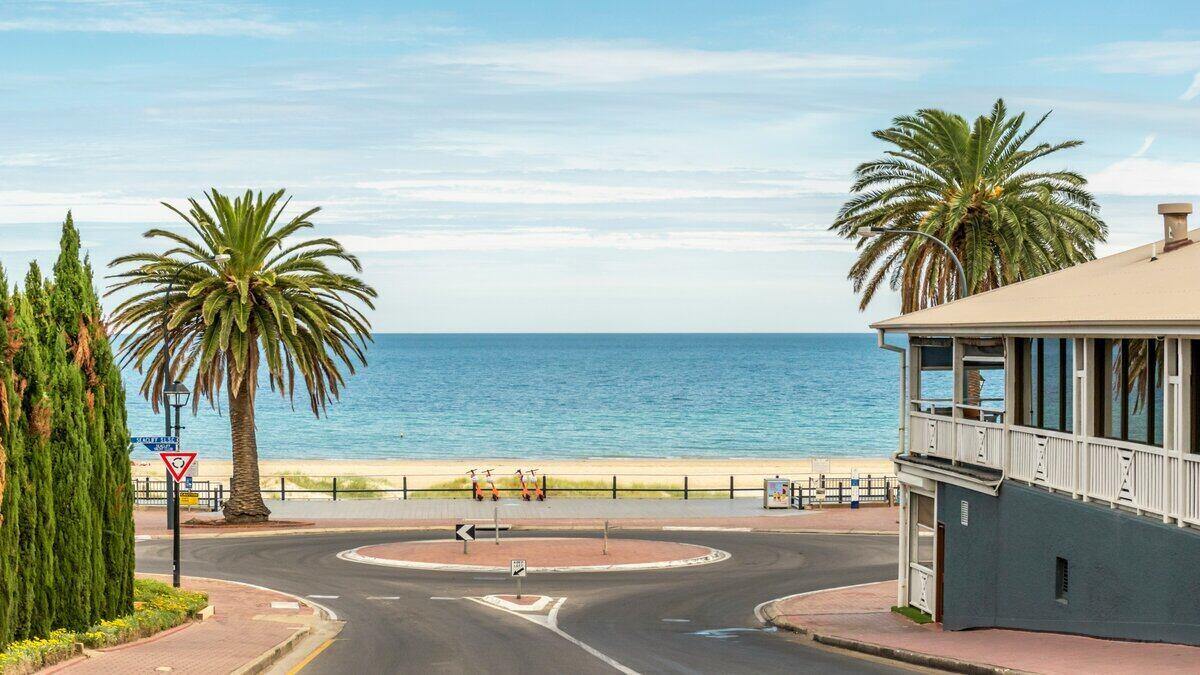Those figures are from Domain's 'Home Buyers Report', and are for Sydney's 'entry-level' house prices and wage data on young people aged 25-34 years.
In Sydney, it now takes two months longer to save for a house deposit compared to a year ago.
For reference, Sydney's 'entry-level' house price is $680,000, while the median, according to earlier data from Domain was over $1,000,000.
Buying a home or looking to refinance? The table below features home loans with some of the lowest variable interest rates on the market for owner-occupiers.
| Lender | Home Loan | Interest Rate | Comparison Rate* | Monthly Repayment | Repayment type | Rate Type | Offset | Redraw | Ongoing Fees | Upfront Fees | Max LVR | Lump Sum Repayment | Extra Repayments | Split Loan Option | Tags | Features | Link | Compare | Promoted Product | Disclosure |
|---|---|---|---|---|---|---|---|---|---|---|---|---|---|---|---|---|---|---|---|---|
5.54% p.a. | 5.58% p.a. | $2,852 | Principal & Interest | Variable | $0 | $530 | 90% |
| Promoted | Disclosure | ||||||||||
5.49% p.a. | 5.40% p.a. | $2,836 | Principal & Interest | Variable | $0 | $0 | 80% |
| Promoted | Disclosure | ||||||||||
5.64% p.a. | 5.89% p.a. | $2,883 | Principal & Interest | Variable | $250 | $250 | 60% |
| Promoted | Disclosure | ||||||||||
5.64% p.a. | 5.89% p.a. | $2,883 | Principal & Interest | Variable | $248 | $350 | 60% |
| Disclosure |
Elsewhere, time taken to save for a 20% deposit was more mixed, with Perth's time taken decreasing by one month compared to a year ago, down to three years and five months.
However, according to Domain's senior research analyst Dr Nicola Powell, affordability could improve in the next few months.
"Although the majority of capital cities saw the journey to homeownership become a little longer compared to the same time last year ... buying conditions have improved, first-home buyers appear to be taking advantage of retreating investor activity, reduced foreign buyer interest, the extension of the Federal Government’s first home loan deposit scheme and other state-based incentives," she said.
Overall the capital city that takes the shortest amount of time to save for a house is Darwin, taking just three years and one month - a one-month reduction compared to a year ago.
Its 'entry level' house price is $362,000.
For houses the breakdown across the capital cities is as follows:
| City | 'Entry-Level' House Price | Time Taken to Save for a 20% Deposit | Annual Change in Months |
| Sydney | $680,000 | 6 years, 6 months | +2 |
| Melbourne | $600,000 | 6 years | +2 |
| Brisbane | $450,000 | 4 years, 6 months | +1 |
| Adelaide | $375,000 | 3 years, 11 months | 0 |
| Perth | $366,580 | 3 years, 5 months | -1 |
| Hobart | $380,000 | 4 years, 2 months | +3 |
| Darwin | $362,500 | 3 years, 1 month | -1 |
| Canberra | $606,060 | 5 years, 5 months | +4 |
Source: Domain
Over the past five years, however, things are a little different.
In Melbourne, it now takes 16 more months to save for a 20% deposit compared to five years ago - Hobart was second-highest at 15 more months.
Meanwhile, Darwin and Perth experienced slides of seven and six months respectively.
Unit prices a mixed bag
While house prices are generally higher compared to a year ago, unit prices are a mixed bag.
In Sydney, for example, the 'entry-level' unit price is $585,000.
It now takes first home buyers 5 years and 7 months to save up for a 20% deposit, which is one month longer than a year ago, but five months shorter than five years ago.
In Brisbane, the entry-level price is $328,000, taking 3 years and 3 months to save for a 20% deposit - down two months on a year ago, and seven months on five years ago.
In Darwin, that five-year figure is down 22 months, meaning it takes nearly two years less to save for a house deposit than it did in 2015.
The only city to record longer deposit-saving times for both time periods was Hobart, taking one month longer than a year ago, and a whole year longer than five years ago.
Dr Powell put Hobart's acceleration down to stagnant wages, a weak savings rate, yet a growing entry-level price growth for both houses and units.

Ready, Set, Buy!
Learn everything you need to know about buying property – from choosing the right property and home loan, to the purchasing process, tips to save money and more!
With bonus Q&A sheet and Crossword!


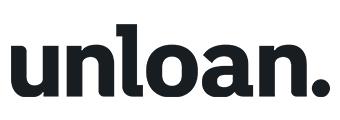
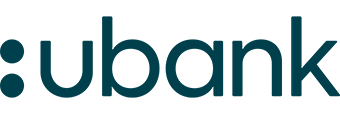
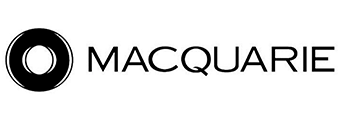
.jpg)

 Harry O'Sullivan
Harry O'Sullivan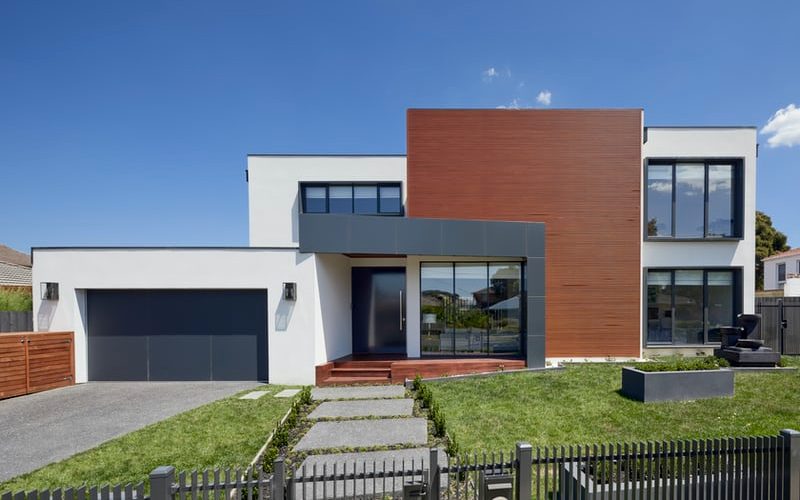
 Harrison Astbury
Harrison Astbury